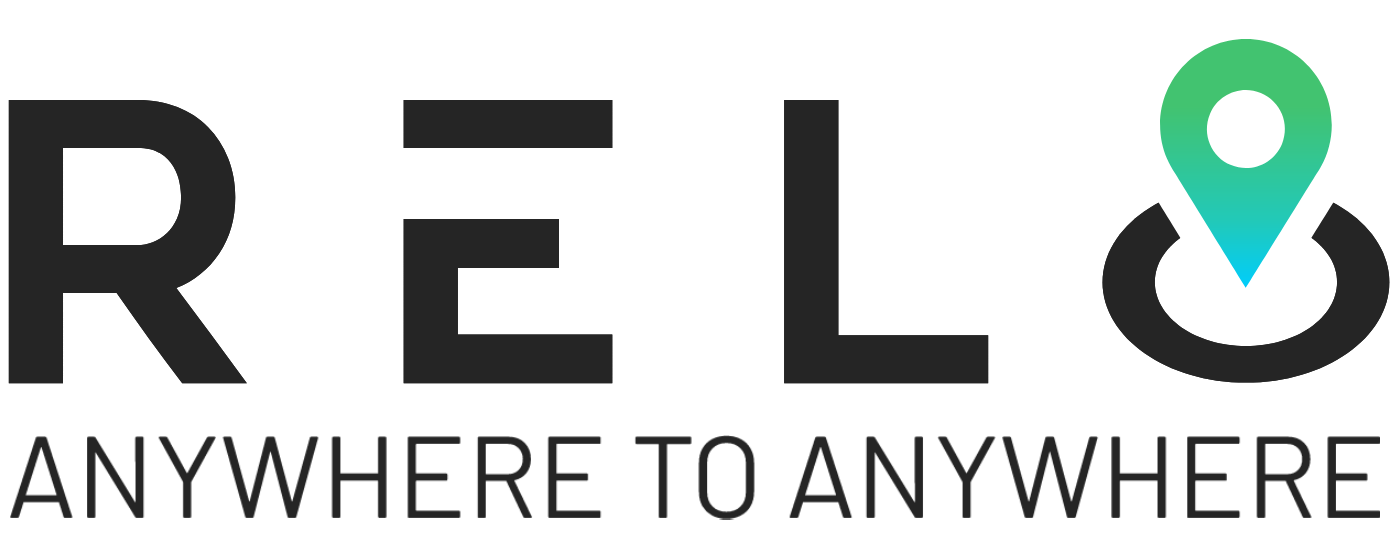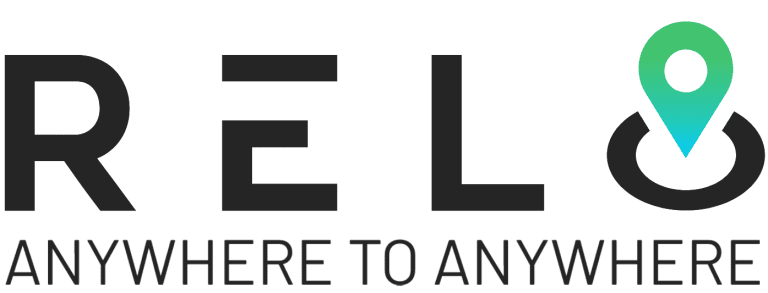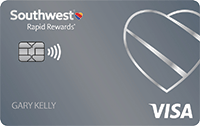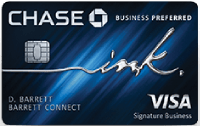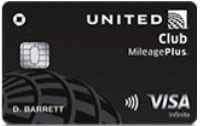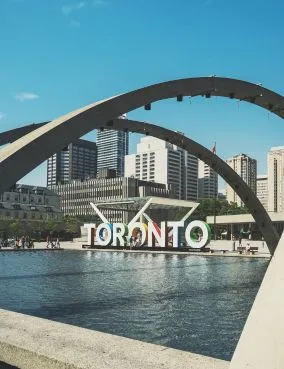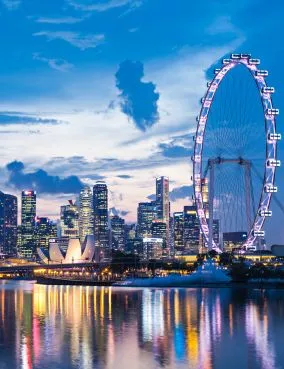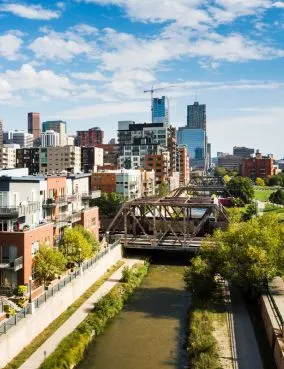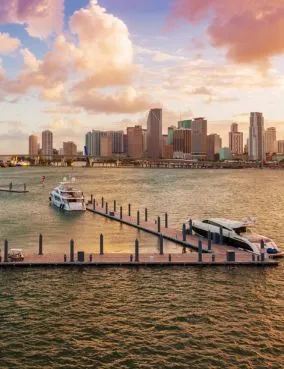Priority Pass asks you to make a choice. You enroll and receive a member ID. You download an app that shows you every lounge, restaurant, and suite available to you across 148 countries. Access is not granted automatically; it is something you take. This structure sets a tone. It turns the traveler from a passive cardholder into a participant.
Mark Langford, a biopharmaceutical strategist who flies weekly, explains: “With Priority Pass, I’m not guessing. I know which terminal has food credits, which lounge has showers, and whether it’s crowded.”
Priority Pass offers three tiers of membership: Standard ($99/year + $35/visit), Standard Plus ($329/year with 10 free visits), and Prestige ($469/year with unlimited visits). Many premium cards bundle one of these.
The benefit? Intentionality. You are not hoping the lounge lets you in. You are planning for it, tracking it, optimizing it, and working it into your schedule like any other travel necessity.
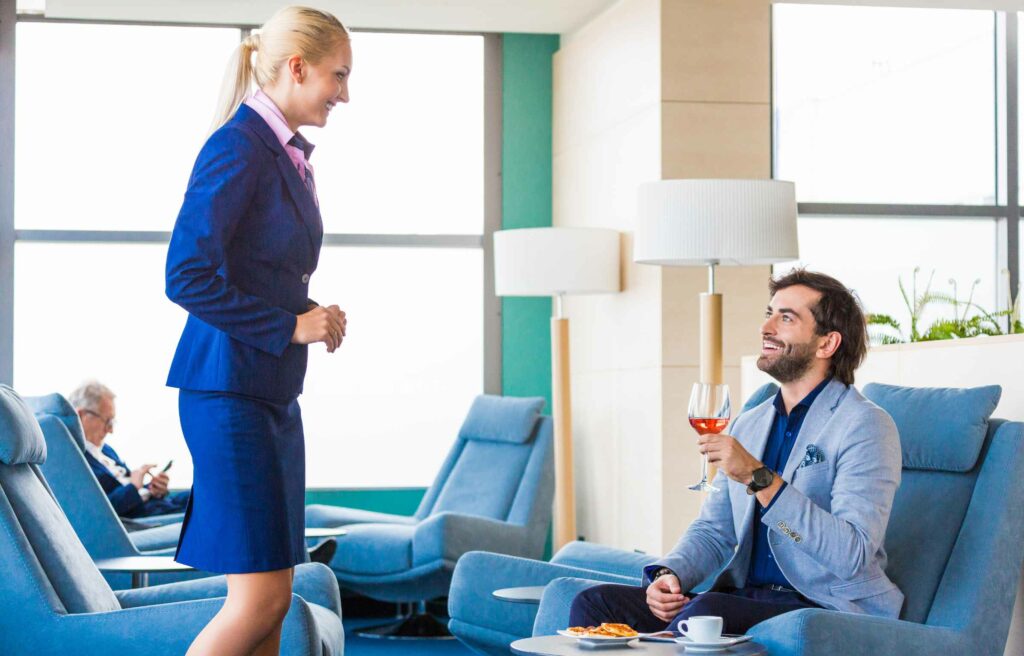
💡 Related – First Look: Remote Work from Chase’s First Sapphire Lounge – Boston Logan Airport
How Does the Pricing of LoungeKey vs Priority Pass Actually Compare?
LoungeKey has no obvious cost because it lives inside your premium credit card. But that does not make it free. Entry fees and guest charges still apply. Most users find out when and how they’re billed only after the charge appears.
Priority Pass, on the other hand, is clear. You select a plan based on your usage. Whether you opt for Standard, Standard Plus, or Prestige, you know how many visits you get and what each guest costs. If your membership comes through a card like the Chase Sapphire Reserve, you might get two free guests and unlimited access.
Frequent flyers do the math fast. “I’m on the road 15 times a year,” says Josh Eldridge, a real estate advisor. “With Priority Pass, I’ve saved over $400 just on food and guest entry.”
The verdict in the LoungeKey vs Priority Pass debate often hinges on this: predictability beats mystery.
💁♀️ Also read – How Do Credit Card Reward Programs Work?
Are the Lounges the Same—or Just Look the Same?
At first glance, LoungeKey and Priority Pass seem to unlock the same spaces. Both offer entry to Plaza Premium, Aspire Lounges, and The Club. But use both for a few months, and the differences become clear.
Priority Pass consistently offers broader access. In addition to lounges, members receive credits at over 50 airport restaurants, nap pods at Minute Suites, and wellness lounges with showers and spa treatments. LoungeKey does not include restaurants or extra facilities.
A 2025 audit revealed that Priority Pass and LoungeKey compete closely across North America, with Priority Pass holding 28% more access points. Even in shared lounges, Priority Pass users report fewer rejections due to crowding, partly because the app allows users to check real-time availability.
If both cards get you through the same door, why does it feel like only one gives you the full keychain? That’s the real question behind LoungeKey vs Priority Pass.
Priority Pass Earns Honors While LoungeKey App Sees Growth
In 2025, according to a PR Newswire, Priority Pass has earned significant recognition. The Advantage VIP Lounge in Brazil was named Global Lounge of the Year. Kyra Lounge in Hong Kong won the Asia Pacific title, with regional winners also recognized across Europe and beyond. Six more lounges were honored for innovation and outstanding staff service.
“I visited Kyra Lounge last spring. It felt more like a boutique hotel,” said Sarah Bennett, a tech consultant.
At the same time, according to App Store Spy data, LoungeKey saw strong app performance. Its Android app crossed 55,000 installs with a 4.0-star rating from over 17,000 users. Nearly 1,000 reviews were posted by July. The developer’s full portfolio reached almost 5 million global installs, reflecting solid growth and engagement.
“The LoungeKey app was easy to use and worked well on every trip,” said James Walker, a frequent traveler from Chicago.
Credit Cards That Include Priority Pass or LoungeKey
Many travelers access airport lounges through their credit cards rather than paying separately. For example, the Chase Sapphire Reserve and The Platinum Card from American Express include Priority Pass Select access, and cards like the Capital One Venture X offer similar benefits, which strengthens the Priority Pass vs LoungeKey comparison.
Meanwhile, LoungeKey is often built into select premium Mastercard World Elite cards, so cardholders can present their cards to enter. Although guest fees vary, it remains a convenient alternative.
Below is the full comparison of eligible cards –
| Priority Pass | Annual Fee | LoungeKey | Annual Fee |
| Chase Sapphire Reserve | $795 | HSBC Premier World Elite Mastercard | $495 |
| The Platinum Card from American Express | $895 | Bank of America Premium Rewards Elite Mastercard | $550 |
| Capital One Venture X | $395 | Santander World Elite Mastercard | Varies by region |
| Marriott Bonvoy Brilliant American Express Card | $650 | RBC Avion Visa Infinite Privilege | $399 |
| Ritz Carlton Card | $450 | CIBC Aventura Visa Infinite Privilege | $499 |
What About Food, Sleep, and the Extras That Actually Matter?
The perks that matter most during travel — rest, nourishment, peace — are often the least visible in marketing brochures. Priority Pass, however, puts them front and center.
In airports like JFK, LAX, and Atlanta, Priority Pass gives users $28 to $30 meal credits at participating restaurants. LoungeKey? No such benefit. Not even a snack.
In terminals with no lounge at all, Priority Pass often has restaurant partners, like Bobby Van’s Grill in New York or Corona Beach House in Miami. “I skipped the lounge and got a real meal,” says Nina Thornton, a consultant from Charlotte. “I would have paid for that anyway.”
Add in access to nap suites and spas, and Priority Pass begins to resemble a full-service travel assistant, not just a lounge card. In the LoungeKey vs Priority Pass battle, food and recovery may be the quiet deal breakers.
Recommended read – 8 Strategies to Save That Extra Buck for Most Awaited Trip
How Transparent Is Each Program When You Bring a Guest?
Guest access often reveals how much a program respects your time and your wallet. LoungeKey charges for guests, usually around $32 to $35, but there is no unified policy. Your bank decides, and you find out only after the charge posts.
Priority Pass charges $35 per guest, but the terms are upfront. Additionally, some cards offer one or two complimentary guests. You can also manage visits directly in the app. As a result, there is no confusion and no surprise fees.
Lauren Dixon, who travels monthly with her son, shared: “With LoungeKey, I once paid $70 for us both without realizing it. Priority Pass shows me guest fees before I walk in.”
In both programs, guests are allowed. But only one makes it easy to understand what that will cost before the boarding gate begins to flash.
If you don’t have time to read the full article, you can watch our complete LoungeKey vs Priority Pass comparison video here –
Priority Pass vs LoungeKey: Side-by-Side Comparison for Serious Travelers
Not all lounge access is created equal. Behind the polished counters lies something subtle. Yet it marks a quiet distinction most travelers miss. While one program offers freedom, the other only gives you a key sometimes.
Below is a detailed breakdown of Priority Pass vs LoungeKey, not just in features, but in how they feel to use.
The difference matters when time, comfort, and control are part of your itinerary.
| Feature | Priority Pass | LoungeKey |
| How You Join | Requires enrollment; may come with premium cards | Included with select cards; no signup needed |
| Mobile Experience | Full app with lounge info, maps, and guest tracking | No app or tracking; show your card to enter |
| Lounge Network | 1,700+ lounges in 148+ countries | 1,500+ lounges, limited reach |
| Restaurant Access | $28–$30 credits at 50+ airport restaurants | No restaurant or meal access |
| Nap Pods & Spa | Includes Minute Suites and spa lounges | No access to non-lounge services |
| Guest Access | $35 per guest; often 1–2 free via card | $32–$35 per guest; terms vary and are often unclear |
| Transparency | Clear usage, alerts, and billing in-app | No real-time tracking or usage visibility |
| Lounge Availability Info | Shows real-time lounge capacity | No availability or crowd info |
| U.S. Coverage | 40+ airports with fallback dining options | 83 airports; no dining backup |
| Pricing | Tiered plans are included with cards | No upfront cost; per-visit fees apply |
| Meals Without Lounge | Includes restaurants in terminals with no lounges | No dining option if the lounge is full |
| Usage Tracking | Tracks visits, guests, and credits in-app | No usage records or planning tools |
“I used both for over a year. Priority Pass became my go-to travel tool, while LoungeKey felt like a bonus I kept forgetting,” said Daniel Cho, a Tokyo-based consultant.
Which One Offers Better Coverage Inside U.S. Airports?
This is a numbers game, and Priority Pass plays it better. It currently covers 43 major U.S. airports. LoungeKey? Around 29, mostly limited to lounge-only access.
In cities like Dallas, Boston, and San Diego, Priority Pass members enjoy more choices, including food outlets where no lounge exists. Sometimes, LoungeKey leaves travelers without a fallback.LoungeKey holders can sometimes be left without a fallback.
Dan Mercer, a logistics consultant, recalls his disappointment at Charlotte Douglas: “The one LoungeKey lounge was full. The Priority Pass side had a restaurant and a private suite. That was the moment I switched.”
For domestic flyers, lounge access is no longer enough. In the U.S. airport ecosystem, Priority Pass functions like a second map, guiding you to comfort wherever it hides.
This is where the real difference shows in LoungeKey vs Priority Pass.
Who Benefits Most from LoungeKey, and Who Should Go With Priority Pass?
LoungeKey works best for travelers who fly two to five times a year and already carry an eligible card. It is built for simplicity: no apps, no decisions, just walk in if it is available.
Priority Pass is for planners, consultants, global sales teams, and families who value structure and certainty. The membership is not free, but neither is wasted time in a noisy terminal. For those who travel 10 or more times a year, Priority Pass often pays for itself through meal credits, suite access, and peace of mind.
The LoungeKey vs Priority Pass decision depends not on the airport, but on the rhythm of your life. If you fly occasionally, LoungeKey may surprise you. If you fly regularly, Priority Pass ensures that nothing else will.
“I used LoungeKey for quick trips, but once my travel picked up, Priority Pass became a game changer,” said Reema Joshi, a London-based product manager.
Is There One Final Answer to LoungeKey vs Priority Pass?
In the end, both programs reflect the same reality: travel today demands clarity. You no longer waste time at the gate when you choose who to trust with it. And in that choice, quiet or control, simplicity or structure, you define not only how you travel, but how you live. No membership fits all travelers. LoungeKey offers ease, while Priority Pass offers options. One gives you a door. The other gives you a plan.
For those who value silence before a flight, LoungeKey delivers. For those who manage layovers like project plans, Priority Pass rewards that mindset.
